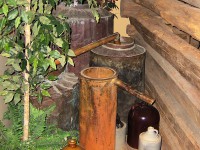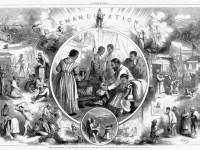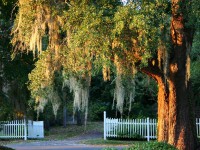HISTORY: South Carolina’s technical education system
S.C. Encyclopedia | Technical education in South Carolina has a lengthy history, dating back to John de la Howe’s 1797 bequest of land to a school that would provide practical instruction for the needy children of Abbeville District. Systematic technical education, however, would have to wait until the post–World War II era, when political leaders realized that South Carolina’s ability to attract new industry hinged on the availability of an educated workforce.











 We Can Do Better, South Carolina!
We Can Do Better, South Carolina!

























Recent Comments